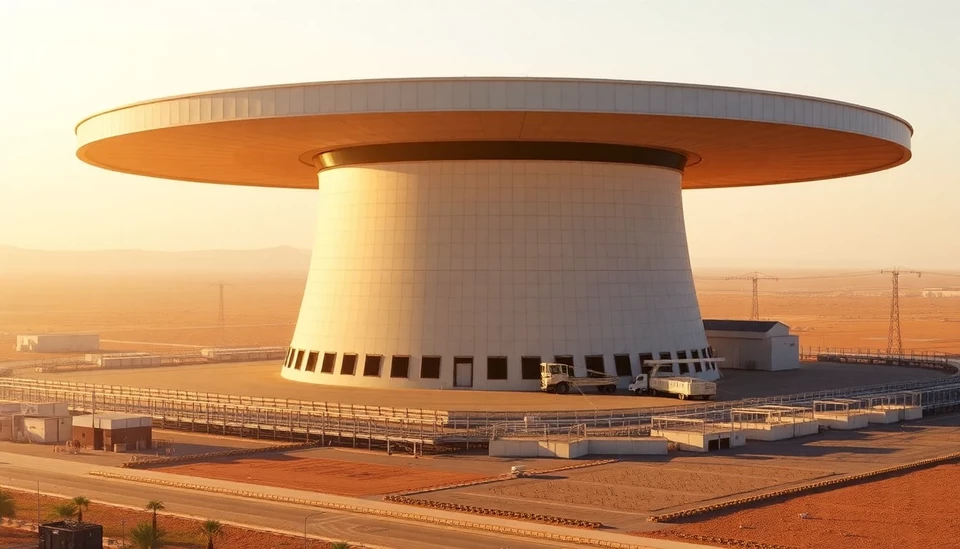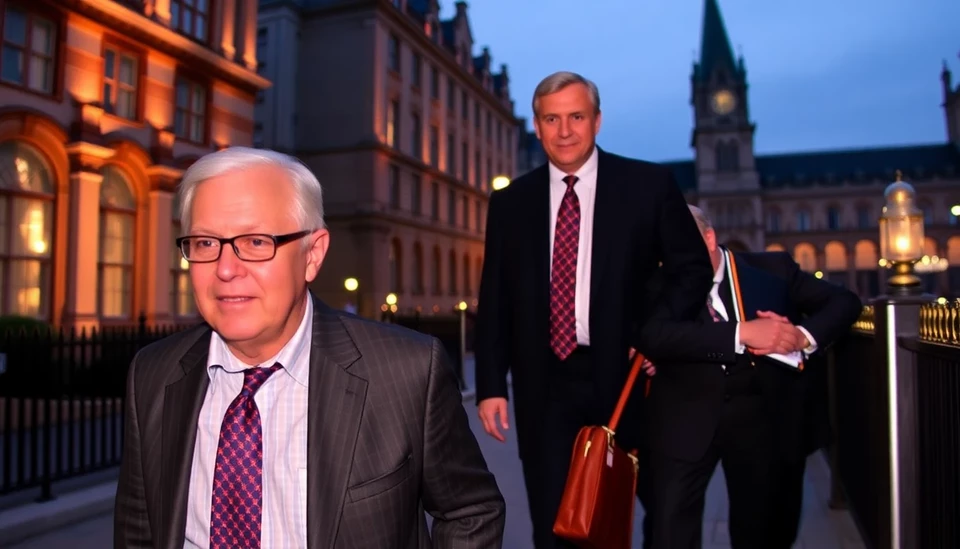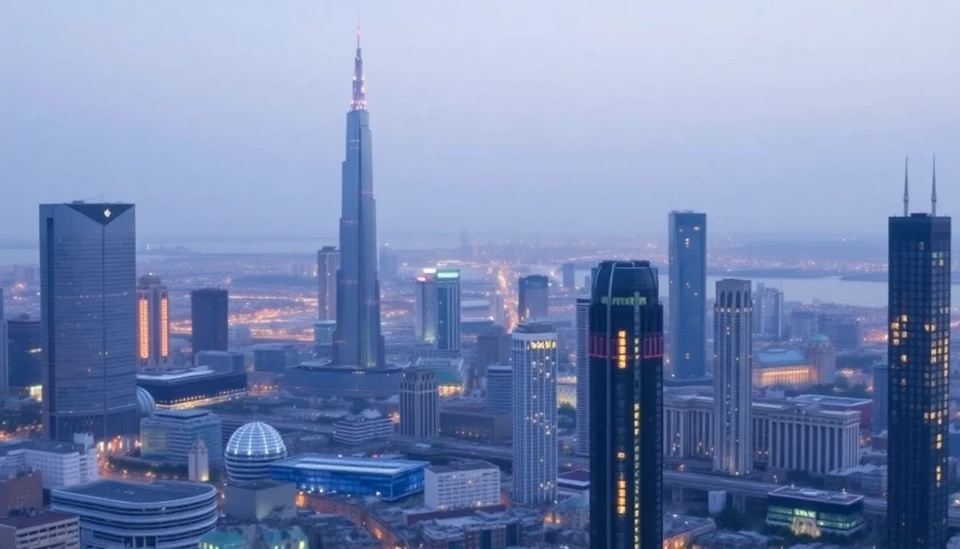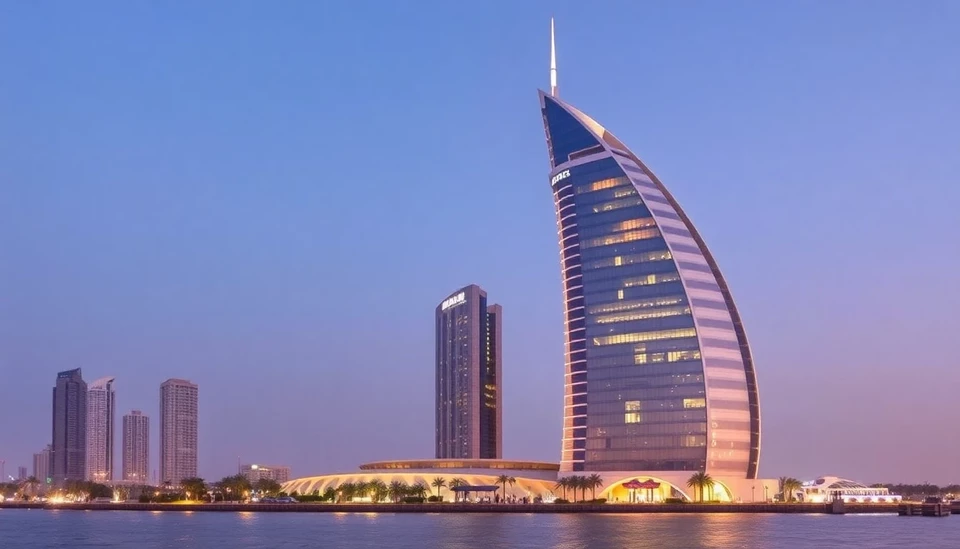
In a groundbreaking move, the United Arab Emirates (UAE) is leveraging satellite technology to safeguard its sole nuclear power plant, the Barakah facility, from the impending threats posed by climate change. This innovative approach marks a significant step in enhancing national security and ensuring energy stability in the face of evolving environmental challenges.
The Barakah Nuclear Energy Plant, which commenced operations in 2020, has become a central pillar of the UAE's energy strategy, aiming to reduce its carbon footprint while accommodating its growing energy needs. Nestled on the coast of Abu Dhabi, the plant must contend with rising temperatures and sea levels driven by climate change—factors that pose potential risks to its operational integrity.
To bolster its defenses, the UAE is integrating advanced satellite technology, including earth observation satellites, into its climate monitoring and risk assessment protocols. This approach will enable the government to better predict and prepare for extreme weather events, such as sandstorms and flooding, that could affect the facility's functionality.
The UAE's commitment to maintaining operational resilience is underscored by its proactive strategies to mitigate risks associated with climate change. By employing real-time satellite data, the UAE can monitor environmental conditions surrounding the Barakah plant, allowing for timely interventions if hazardous conditions are detected. This dynamic strategy not only enhances safety at the plant but also sets a precedent for other nations looking to safeguard critical infrastructure from climate threats.
As global concerns surrounding climate change mount, the UAE's efforts exemplify how countries can innovate to protect vital energy resources. The integration of satellite technology reflects a forward-thinking approach, aligning with the nation’s broader goals of sustainability and resilience in the face of a changing climate.
Furthermore, the UAE's initiative underscores the importance of collaboration between governmental authorities and technological experts. By fostering partnerships with satellite service providers and climate data analytics firms, the UAE is building a robust framework to anticipate and mitigate potential climate-induced disruptions to its energy sector.
In the context of the UAE's strategic vision, which emphasizes the need for diversification and sustainability in energy generation, this pioneering initiative not only fortifies its nuclear energy activities but also contributes to its reputation as a regional leader in climate mitigation efforts. The proactive use of technology to protect critical infrastructure serves as a compelling model for the rest of the world.
As other nations grapple with similar climate-related challenges, the lessons learned from the UAE's approach to protecting the Barakah plant might serve as a valuable blueprint. By harnessing the power of technology, countries can equip themselves with the necessary tools to navigate the complex interplay of energy security and climate resiliency.
#UAE #Satellites #NuclearEnergy #ClimateChange #Innovation #EnergySecurity #Sustainability
Author: Megan Clarke




